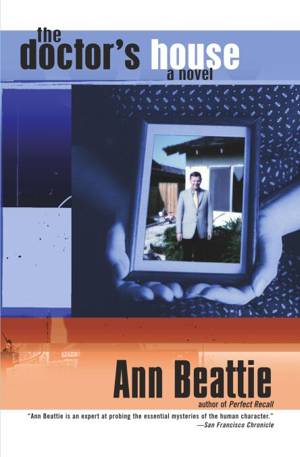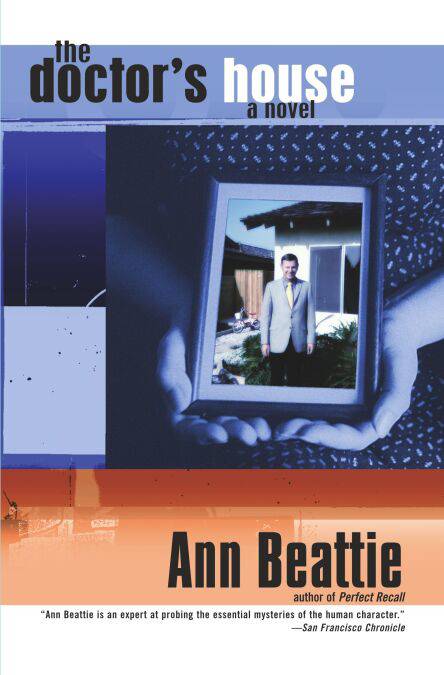
- Afhalen na 1 uur in een winkel met voorraad
- Gratis thuislevering in België vanaf € 30
- Ruim aanbod met 7 miljoen producten
- Afhalen na 1 uur in een winkel met voorraad
- Gratis thuislevering in België vanaf € 30
- Ruim aanbod met 7 miljoen producten
Zoeken
Omschrijving
An impeccable ear for language, an eye for the smallest shifts in the cultural landscape, and a preternatural understanding of motivation and behavior—Ann Beattie's renowned storytelling abilities are on dazzling display in The Doctor’s House.
The story opens on Nina, who should have better things to do than to track her brother Andrew's sexual escapades. Since her husband's tragic death, she has become solitary and defensive—and as compulsive about her brother as he is about sex.
When the first movement ends, the melody is taken up by their mother. New shadows and new light fall on Nina's account as painful secrets of life in the house of their father, the doctor's house, emerge. In the dramatic third movement, Andrew gives us his perspective, and as Beattie takes us into his mind, there is the suggestion that Nina is less innocent and less detached than she maintains.
Through subtle shifts, The Doctor's House chronicles the fictions three people fabricate in order to interpret, to justify, or simply to survive their lives. "Few novelists are more adept at creating fictional atmospheres that eerily simulate the texture of everyday life" (The Washington Post).
The story opens on Nina, who should have better things to do than to track her brother Andrew's sexual escapades. Since her husband's tragic death, she has become solitary and defensive—and as compulsive about her brother as he is about sex.
When the first movement ends, the melody is taken up by their mother. New shadows and new light fall on Nina's account as painful secrets of life in the house of their father, the doctor's house, emerge. In the dramatic third movement, Andrew gives us his perspective, and as Beattie takes us into his mind, there is the suggestion that Nina is less innocent and less detached than she maintains.
Through subtle shifts, The Doctor's House chronicles the fictions three people fabricate in order to interpret, to justify, or simply to survive their lives. "Few novelists are more adept at creating fictional atmospheres that eerily simulate the texture of everyday life" (The Washington Post).
Specificaties
Betrokkenen
- Auteur(s):
- Uitgeverij:
Inhoud
- Aantal bladzijden:
- 288
- Taal:
- Engels
Eigenschappen
- Productcode (EAN):
- 9780743214667
- Verschijningsdatum:
- 5/03/2002
- Uitvoering:
- E-book
- Beveiligd met:
- Adobe DRM
- Formaat:
- ePub

Alleen bij Standaard Boekhandel
+ 16 punten op je klantenkaart van Standaard Boekhandel
Beoordelingen
We publiceren alleen reviews die voldoen aan de voorwaarden voor reviews. Bekijk onze voorwaarden voor reviews.











